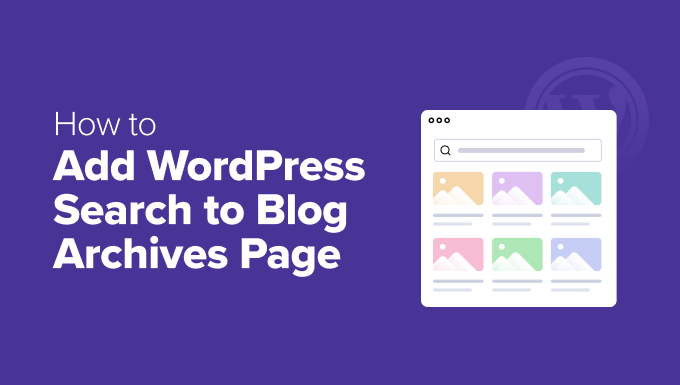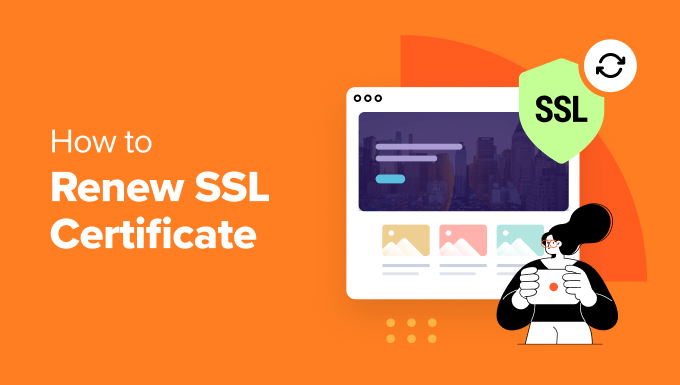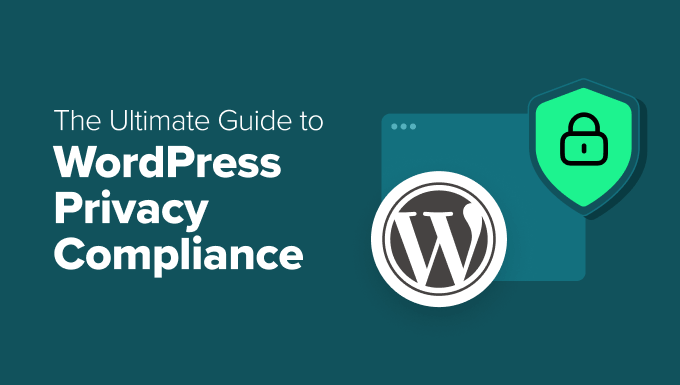
Here are the 7 non-negotiable features you should care about in an efficient monitoring tool, and what to look for under each one.
1. Multi-Site Monitoring From A Single Dashboard
Let’s start with the obvious. If you manage 5 or 50+ client websites, you cannot afford to log in and out of different dashboards for each one.
You want one screen where you can:
- See every site you are monitoring
- Sort or filter by status (online, degraded, down)
- Group sites by client, region, tech stack – whatever works for your team
- Drill down instantly into logs without having to go through tabs
Pro tip: Look for tools that let you create teams or projects inside the dashboard. That way, your devs don’t accidentally click into someone else’s client.
2. Instant Alerts With Custom Status Rules
There is nothing worse than finding out a site went down two hours ago… from the client.
You need real-time alerts, and more importantly, you need control over how those alerts behave.
Look for a tool that lets you:
- Set alert rules by site, client, or priority level
- Choose notification channels (email, Slack, SMS, webhook, etc.)
- Create escalation rules (e.g., alert junior dev first, then escalate to lead if no response)
- Set quiet hours or delays to avoid alert spam during low-risk windows
- Define custom incident statuses like “Degraded Performance” or “Partial Outage” so your team and customers get clarity
Bonus if it integrates with tools you already use, like PagerDuty, Opsgenie, or even basic things like Trello or Asana.
For agencies supporting on-call and live-service businesses, uptime monitoring is part of your core promise to keep things running smoothly. To understand this better, consider Rosie. They are an AI receptionist platform that handles inbound calls for appointment-based businesses, many of which rely on instant responsiveness to convert new leads.
If Rosie’s dashboard or voice routing system goes down for even a few minutes, that is dozens of missed calls and lost revenue across all their customers. A simple email alert 15 minutes later won’t help in any way.
What they need – and what your clients in a similar niche may need too – is a monitoring tool that lets you instantly route alerts to the right person, on the right channel, based on severity.
Maybe SMS for anything critical, Slack for tier 2 issues, and escalation if there is no response in 2 minutes. That precision is the difference between fixing a problem before clients notice or cleaning up the fallout afterward.
3. White-Labeled Or Exportable Client Reporting
This is where most monitoring tools fall flat for agencies.
Instead of simple logs, you want presentable reports. Ones you can share with clients to prove you are doing your job, even when they don’t see it.
There are two ways to do this:
- White-labeled portals: Client gets a login and can view real-time or historical uptime reports, with your agency branding.
- Exportable reports: You generate weekly/monthly PDFs or spreadsheets with all the key metrics, then send them as part of your regular updates.
Here’s what to look for:
- Custom domains, logo, and color scheme (for white-label)
- Scheduled report exports (PDF/CSV/HTML)
- Clear breakdowns of uptime %, downtime events, response times, and locations
- Notes/comments section so you can annotate incidents with context
4. Data Retention Periods For Long-Term Analysis
Monitoring tools often store data in short cycles – 30 days, 90 days, maybe 6 months. That is not enough if you want to show trends or justify bigger changes.
Look for:
- At least 12 months of log retention (ideally more)
- Ability to export raw data
- Visual charts or graphs showing month-over-month comparisons
- Filters by time period, type of event, or geographic location
This matters even more when you are managing brands where uptime ties directly to content performance, not just store functionality. Unlike a broken checkout, which gets flagged fast, these content-related losses are easy to miss unless you have the historical uptime data to trace them back.
Let us explain it better. Take Transparent Labs, which sells sports and wellness supplements. This business builds trust by educating its audience. So, they publish deeply researched content like this research piece on creatine shelf life.
Now, that one article could bring in thousands of organic visitors a month. But if their site went down twice last quarter during peak search windows, they will want to know when, how often, and whether Google was crawling at the time.
And that visibility doesn’t come from 30-day logs.
For SEO-heavy businesses, uptime data needs to be just as long-term as their content strategy. A monitoring tool that stores logs for 12+ months is the only way to connect uptime issues to search ranking fluctuations and lost conversion opportunities. Especially if you are the agency responsible for explaining why a high-ranking blog suddenly dropped.
5. Performance & Page Speed Monitoring
Uptime is binary: up or down. But performance is where the real user experience lives. If your uptime tool doesn’t touch performance, you are only seeing half the picture. That is because if the site takes more than 3 seconds to load, 53% of visitors are already gone. So, frankly, your clients are probably more impacted by slow sites than they are by full outages.
Your monitoring tool should include:
- Time to first byte (TTFB)
- Full page load time
- Largest contentful paint (LCP)
- Core Web Vitals (if possible)
And you should be able to:
- Set thresholds to get alerted instantly (e.g. “Homepage load time > 5s”)
- Monitor trends over time
- Tie slowdowns to specific time windows or updates
These features matter for everyone, but even more if you are running a performance-driven service like this WordPress SEO agency. In this space, every extra second of load time is a conversion lost or a bounce logged. You have clients who expect rankings and traffic… but don’t always understand that their bloated theme and 19 active plugins are holding them back.
So if you have an uptime monitoring tool with this feature built in, you can show them exactly what is slowing things down, tie it back to technical changes, and take action before it costs them a single click.
6. Global Monitoring With DNS & Location Checks
Let’s say your client’s site is totally fine for users in the U.S. But in Singapore, DNS fails. In Germany, SSL errors. In Brazil, it loads in 20 seconds.
That is the reality of modern hosting, CDNs, and third-party dependencies.
You need a tool that can:
- Ping from multiple global locations (not just one data center in Iowa)
- Run DNS resolution checks
- Verify SSL validity and handshake times
- Show latency per region
7. Incident Management & Escalation Workflows
Monitoring is great, but what happens when something actually breaks?
If your uptime tool doesn’t support incident workflows, you will be doing everything manually: screenshotting logs, assigning tasks, chasing updates.
What to look for:
- Create incidents directly from an outage alert
- Assign owners and add internal notes
- Track resolution times and root cause
- Integrate with ticketing systems (like Jira, ClickUp, or even email)
- Escalate based on time thresholds or severity






